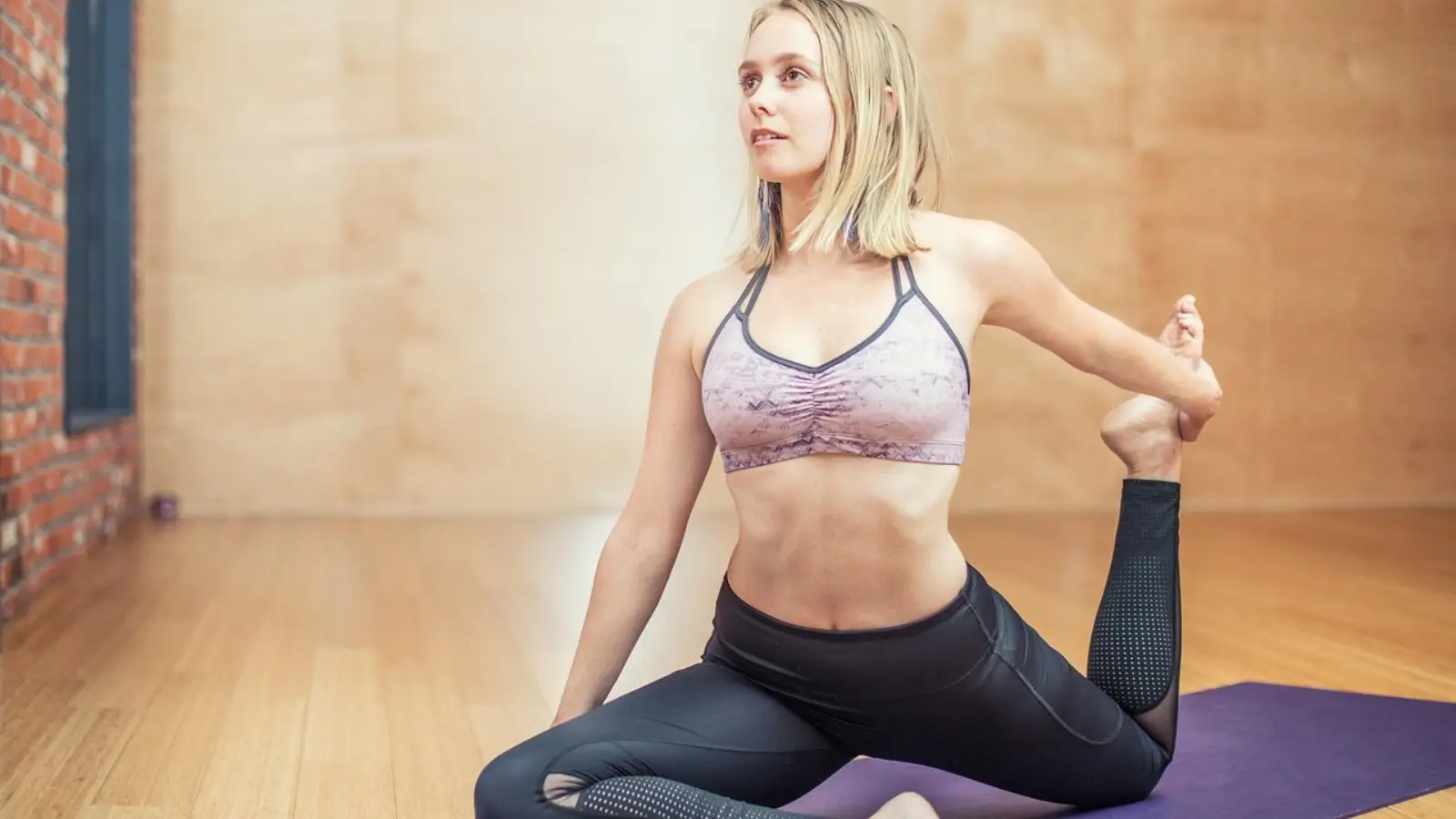


Both Pilates and yoga are celebrated for improving flexibility, strength, and mental clarity — yet they are distinct practices with different origins, focuses, and benefits. Understanding their differences can help you choose the one that aligns best with your goals. Pilates was developed by Joseph Pilates in the early 20th century as a method to rehabilitate injured soldiers and dancers. It emphasizes core strength, controlled movements, and body alignment. Yoga, on the other hand, has ancient roots in India and combines physical postures with breathing techniques and meditation to enhance overall well-being. While both practices can improve posture, balance, and focus, their methodologies and purposes vary significantly.
Yoga is a holistic discipline that unites body, mind, and spirit. It involves physical poses (asanas), breath control (pranayama), and mindfulness meditation. Its primary goal is not only physical fitness but also inner peace and self-awareness. Different styles of yoga — such as Hatha, Vinyasa, Ashtanga, and Yin — cater to various needs, from gentle stretching to intense flow sessions. Pilates, in contrast, is a low-impact physical conditioning system focusing on strengthening the core, improving flexibility, and enhancing coordination. It emphasizes precision, control, and breathing patterns to develop balanced muscle strength and stability. Unlike yoga, Pilates doesn’t include a spiritual or meditative aspect, but it deeply connects body awareness and movement efficiency.
Both yoga and Pilates deliver remarkable physical benefits, but in slightly different ways. Pilates targets the deep abdominal muscles, obliques, lower back, and hips — the “powerhouse” of the body. Strengthening this area improves stability, balance, and posture. It’s particularly effective for individuals recovering from injuries or those seeking to prevent back pain. Yoga enhances flexibility, joint mobility, and muscle elongation. Through consistent practice, yoga can also help alleviate stress-related tension, improve circulation, and boost energy levels. Both forms of exercise build lean muscle tone without adding bulk, making them ideal for anyone who wants to achieve a strong, supple, and balanced body.
Yoga’s emphasis on mindfulness, breathing, and meditation makes it a powerful tool for stress reduction and emotional regulation. Practitioners often report improved mood, better sleep, and enhanced focus. The meditative aspects of yoga can help manage anxiety, promote self-awareness, and foster a deeper connection between body and mind. Pilates, though less spiritual, also contributes to mental well-being by improving concentration and body control. The focus required during Pilates sessions encourages mental discipline, creating a mindful connection to physical movement. Both practices promote relaxation and body confidence — essential components for maintaining a balanced, healthy lifestyle.
The choice between yoga and Pilates depends on your goals and personal preferences. If you’re looking for a comprehensive mind-body practice that includes meditation and relaxation, yoga may be your ideal path. If your goal is to strengthen your core, correct posture, and improve overall body mechanics, Pilates could be the better option. Many people combine both for optimal results — using yoga for flexibility and mindfulness, and Pilates for strength and stability. No matter your choice, having the right equipment can make a big difference. Start your journey with a quality yoga mat, available here, and enjoy a more comfortable and effective practice at home or in the studio.